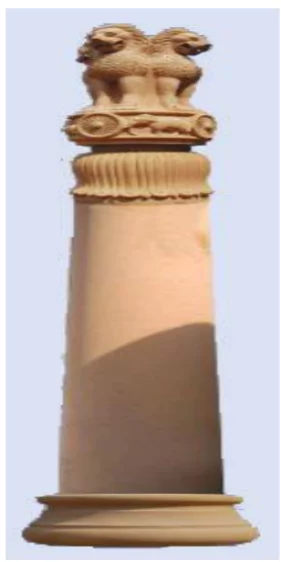![]() June 7, 2024
June 7, 2024
![]() 5959
5959
![]() 0
0
Mauryan architecture was influenced by Buddhism and Jainism. It was divided into court art and popular art based on the presence or absence of state patronage.
It includes the architectural works commissioned by rulers. It was used for political as well as religious purposes.
 Inspiration: The Palace of Chandragupta Maurya was inspired by the Achaemenid palaces at Persepolis in Iran.
Inspiration: The Palace of Chandragupta Maurya was inspired by the Achaemenid palaces at Persepolis in Iran.
National Emblem
|
| ASPECT | ASHOKAN PILLAR | ACHAMENIAN PILLAR |
| Period |
|
|
| Purpose |
|
|
| Material |
|
|
| Structure |
|
|
| Religious influence |
|
|
| Capitals |
|
|
|
Must Read |
|
| Current Affairs | Editorial Analysis |
| Upsc Notes | Upsc Blogs |
| NCERT Notes | Free Main Answer Writing |
| Related Articles | |
| 16 Mahajanapadas | THE PALLAVAS ( 275CE-897CE ) |
| Sangam Age – Political History of South India | Mauryan Empire (322-185 BCE) |
| Jainism and Buddhism | Vedic Period: History Notes |
<div class="new-fform">
</div>

Latest Comments